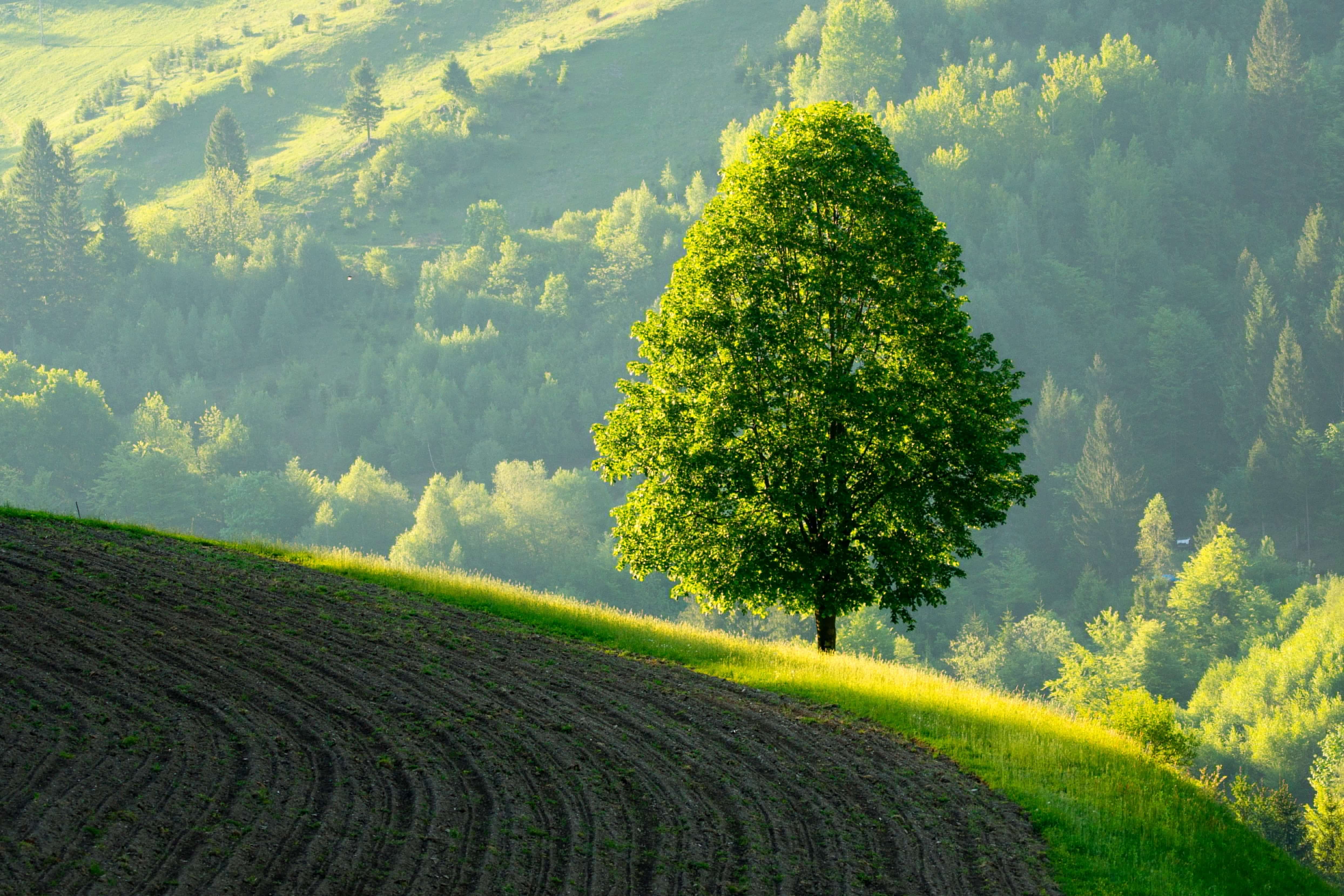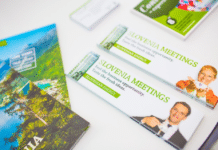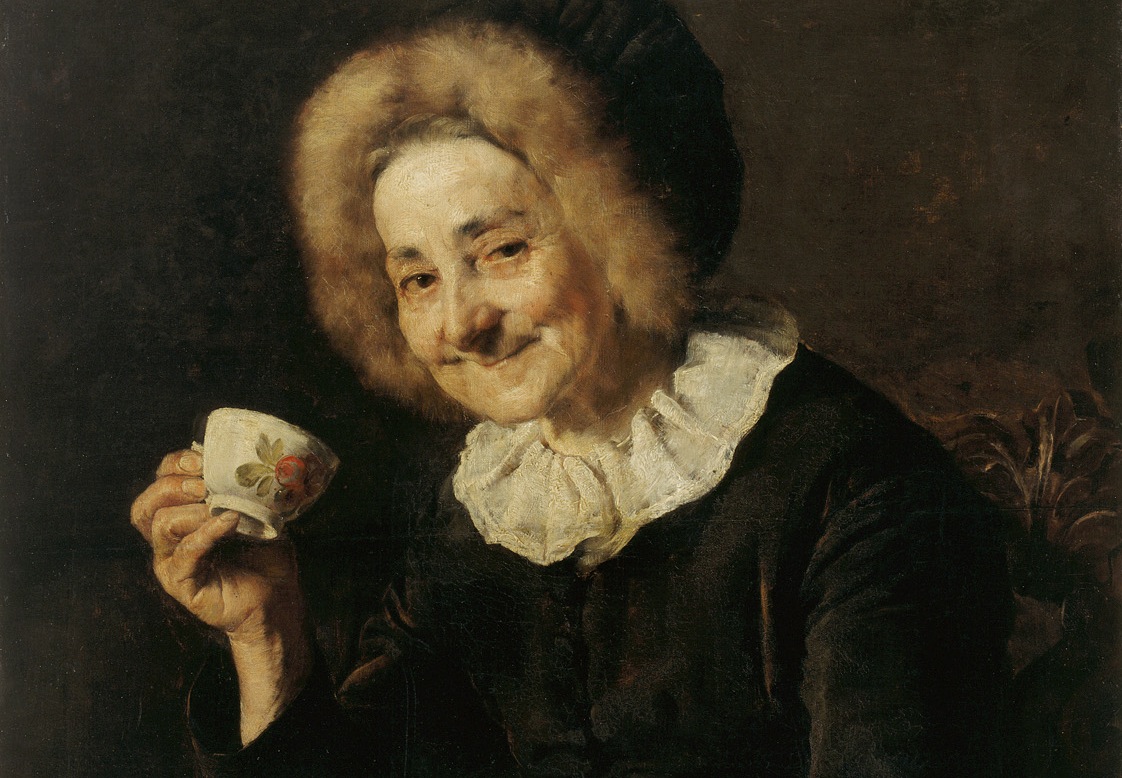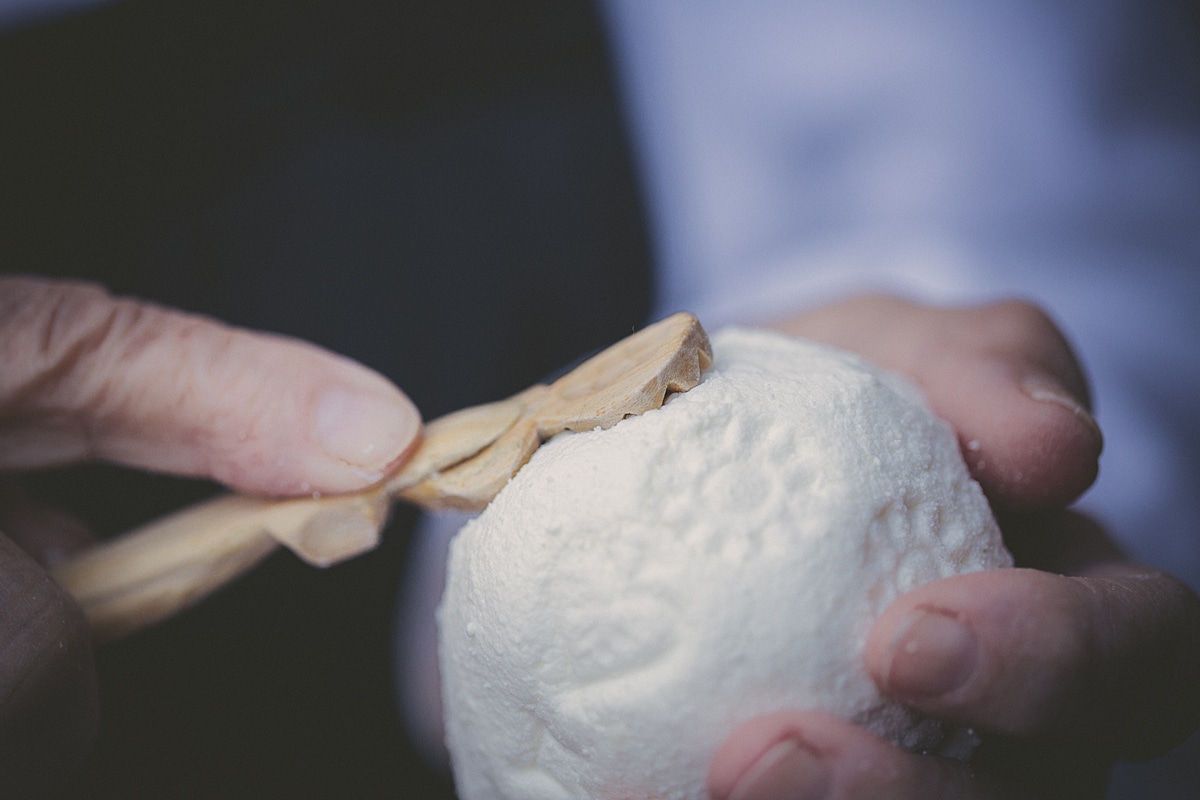As a country, Slovenia has an alluring story to tell and great symbols attached to its chest, being a proud part of several multinational empires, kingdoms and regimes that had significant impact to the national insignia of today’s Republic of Slovenia. This is one of the reasons Slovenians look to their language, rather than a real or imagined historical golden age, as the benchmark of national identity. The basis of Slovenian national symbols was formed in the 19th century in accordance with the concept of national awakening. The national symbols of Slovenia are enshrined in the Constitution of the Republic of Slovenia, and their use is provided by law. Slovenia has three national symbols established by the Constitution – the coat of arms, the flag and the anthem.
National flag
Tricolor Wave.
The national flag of Slovenia features three equal horizontal bands of white, blue and red, with the Slovenian coat of arms located in the upper hoist side of the flag centered in the white and blue bands. The flag’s colors are considered to be Pan-Slavic, but they actually come from the medieval coat of arms of the Duchy of Carniola, consisting of a blue eagle on a white background purged on a red-and-gold crescent. The Slovenian tricolor was raised for the first time in history during the Revolution of 1848.
Coat of Arms
Symbol Within a Symbol.
The coat of arms is a shield with the central image of Mount Triglav, Slovenia’s highest peak, in white against a blue background at the center. The two wavy blue lines beneath represent the Adriatic Sea and local rivers, whereas three six-pointed golden stars arranged in an inverted triangle above Triglav are taken from the coat of arms of the Counts of Celje, the great dynastic house of the late 14th and early 15th centuries.
Anthem
Cosmopolitan Vision.
The national poet France Prešeren, whose statuestands guard over Ljubljana’s main square, was born in 1800 and died in 1849, just one year after the revolutionary fervor of 1848. Prešeren was a true Romantic patriot, and his libationary and pacifistic Zdravljica (“A Toast”) is now the national anthem. Unlike most anthems, the Slovenian one calls for the unity of nations instead of glorifying one single country.
God’s blessing on all nations,
Who long and work for that bright day,
When o’er earth’s habitations
No war, no strife shall hold its sway;
Who long to see
That all men free
No more shall foes, but neighbor be.
(Translated by Janko Lavrin)
Language
The Sound of People.
Language is a cornerstone of Slovenian national identity, and accordingly there are strict laws limiting the use of foreign languages. It is extraordinary that Slovenian language survived centuries of Habsburg rule, even before the rise of national poet France Prešeren.
Slovenian is an Indo-European language that belongs to the Slavic language family. The first book, first grammar, and first translation of the bible into Slovenian alla happened in the second half of the 16th century during the Protestant Reformation by Primož Trubar, Adam Bohorič and Jurij Dalmatin
Slovenians love their language and have been commited in translating world literature and keeping it safe from the influences of foreign languages. Many Slovenians proudly proclaim that their grammar and its curious dual form is among the most difficult in the world. Today, approximately 2.5 million people speak, write and understand Slovenian language and is one of the 23 official and working languages of the European Union.
Official Trademark
Big On Emotions.
I Feel Slovenia is the first overall brand and it gets straight to the point. It is not enough to just see a breathtaking photo of Slovenia – you have to feel it, breathe it, and love it to understand its appeal, and to know how much more it has to offer. It is an emotional statement because it seeks to have an intense connection with people, share its good vibes with cultural, sports, or business partnerships, and strengthen relations with other countries. It wants to make friends because it feels right, not because it is convenient.
Here the vision of Slovenia as a young, modern country is also connected with the spirit of its people, who feel a strong connection to it. Slovenians appreciate their local goods, diversity, natural wealth, products made in Slovenia, and the successful people that were born and raised right down the street. They are the ones that feel Slovenia the most.
Linden Tree
Slovenia, My Country.
The linden tree is a symbol of the Slovenian nation and its role and importance stretch back in the period before there was any real sense of national awareness. In Slovenia you can find many very old linden trees, some are even supposed to be around 700 years old. The tradition holds that, since time immemorial, people have planted linden trees to mark special occasions.
A well-known advertising campaign “Slovenia, My Country” launched in the 1980s was initially designed to promote Slovenian tourism, but went well beyond its initial purpose and spontaneously heralded the path to Slovenia’s independence. However, the most symbolic importance has the linden tree, which was planted 25 years ago – on the day the Republic of Slovenia proclaimed its independence and sovereignty – on Republic Square (Trg republike) in front of the National Assembly building. Moreover, every year Slovenian politicians and statesmen meet under the Najevnik linden tree in the Koroška region. Linden tree is also holy Slavic and Germanic tree. It has therapeutic effects and is associated with tea, honey, the Carniolan honey bee, diligence, and much more.
National Costume
Thread Over Thread.
Regional distinctions in clothing of Slovenian rural inhabitants, established by sewing patterns of women’s and men’s clothes, were preserved until the end of the 19th century, in some rural parts until the 2nd World War. They can be generally characterised as Mediterranean, Alpine or Pannonian type of folk costume. Folk costumes that are still in use, mostly worn by members of folk dance groups, folk musicians, tourism and village societies. In some areas people still dress in traditional costumes for special occasions such as for parish fair, local festival and other important events. The break with tradition can be seen in fabric and small details, but the main pattern is still preserved. One version of the Upper Carniola folk costume from the 19th century represents the Slovenian national costume.
Slovenians
Remarkable Slovenian Modesty.
So, who is a Slovenian? A Slovenian is a fluent speaker of Slovenian, he doesn’t toot his own horn, and positive characteristic like “hardworking” may be morphed into “I work too hard”. Slovenians would describe themselves as hard-working, diligent and active people, individualists who speak foreign languages well. We are proud of our culture and language, which we regard as a great asset and an important part of the national identity.
Stay tuned for more I Feel 25 stories!
[Partial sources: www.slovenia25.si, Slovenia – Culture Smart!: The Essential Guide to Customs & Culture, by Jason Blake, Newspapers in Education, www.etnofolk.eu, http://www.ukom.gov.si/en/]
A True National Symbol.
Slovenia’s highest mountain Triglav, which means “three heads”; has three peaks. Triglav is the pre-eminent symbol of the Slovenian nation and the highest peak of the Julian Alps. As a folk saying has it: “You’re not a real Slovenian if you haven’t been to Triglav yet.”
SLOVENIAN LANGUAGE.
Language is the Cornerstone of Slovenian National Identity.
Slovenians are well versed in other languages, with English being a clear leader among young people. In fact, Slovenia is ranked among the top European countries regarding the knowledge of foreign languages. Other most often taught foreign languages are Italian, German, French and Spanish.[/vc_toggle]







[…] A lone Slovenian linden tree […]